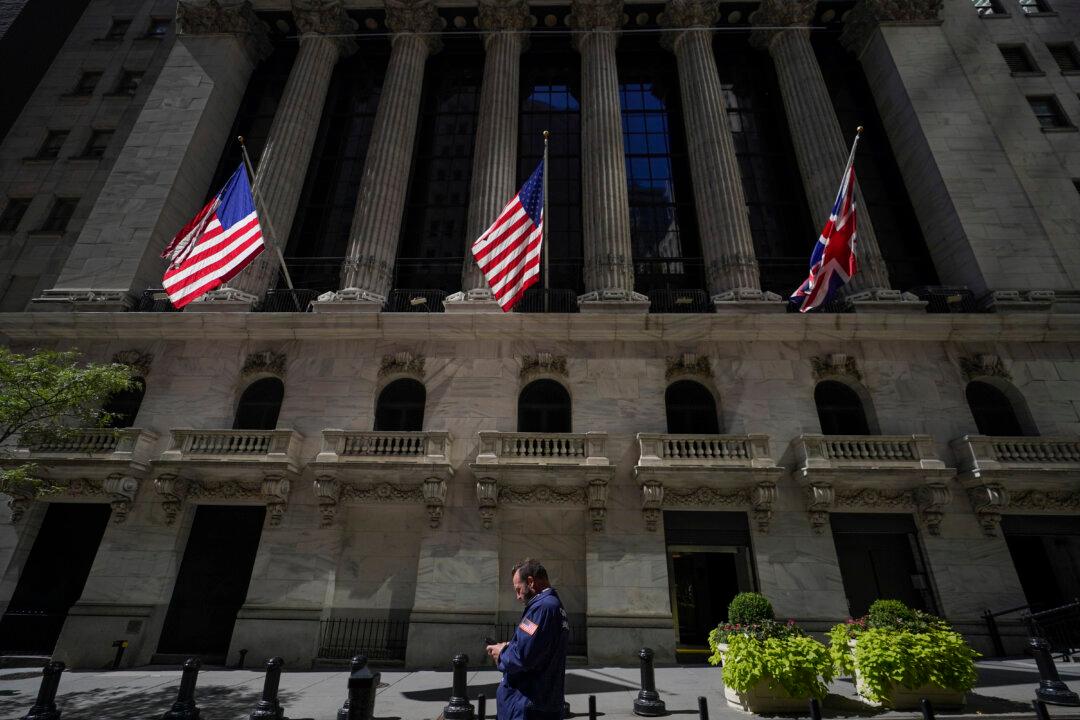NEW YORK—Stocks ticked higher on Wall Street Monday ahead of a week with updates on where inflation and corporate profits are heading.
The S&P 500 rose 10.58, or 0.2 percent, to 4,409.53, coming off just its second losing week in the last eight. The Dow Jones Industrial Average climbed 209.52, or 0.6 percent, to 33,944.40, and the Nasdaq composite added 24.77, or 0.2 percent, to 13,685.48..





